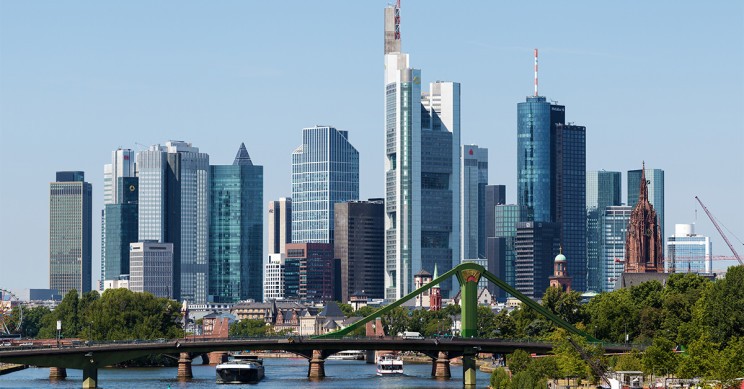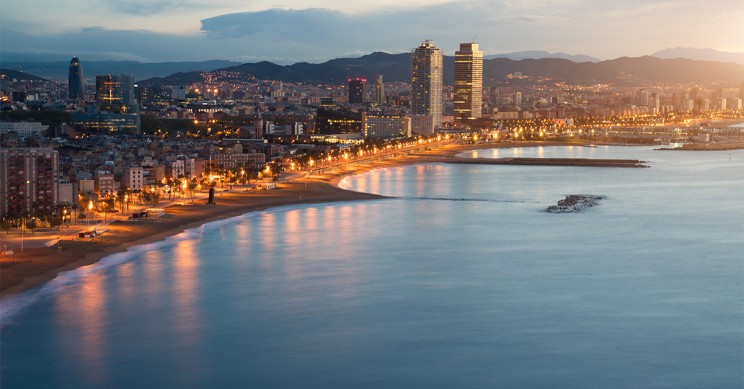
Improved health conditions in the wake of the COVID-19 pandemic, the opening of borders between countries, and the end of confinements and perimeter closures have turned The Economist's ranking of the world's best cities to live in around the world upside down. Vienna returns to the top for the third time in five years, followed by Copenhagen and Zurich. Last year's best city, Auckland (New Zealand), sees one of the biggest drops, plummeting to 33rd place, and is joined by Barcelona (35th) and Madrid (43rd), after dropping 19 and 24 places respectively. Let's have a closer look at the best cities to live in the world in 2022.
Austria's capital city returns to the top of the ranking of the world's most liveable cities 3 years after its last title (2018 and 2019), according to The Economist Intelligence Unit, thanks to the many cultural and entertainment opportunities it offers, as well as good infrastructure and overall stability.
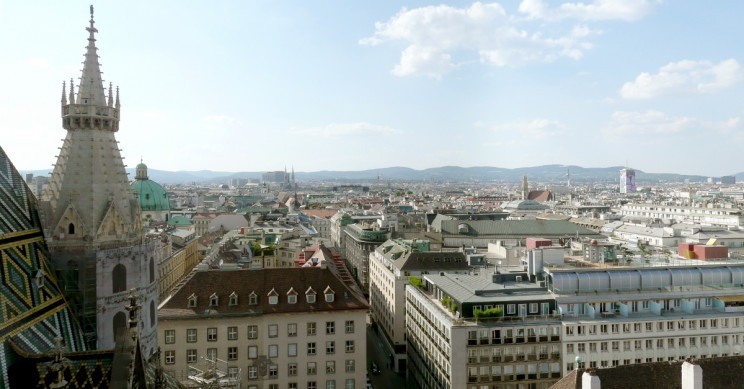
The Economist study analyses more than 30 factors that are grouped into 5 categories: stability, health, culture and environment, education and infrastructure. 6 of the top 10 best cities to live in are in Europe, but they are not major capitals of the European powers. The Danish capital Copenhagen or the Swiss city of Zurich join Vienna on the podium. The top 10 also includes Frankfurt (Germany), Geneva (Switzerland) and Amsterdam (the Netherlands).
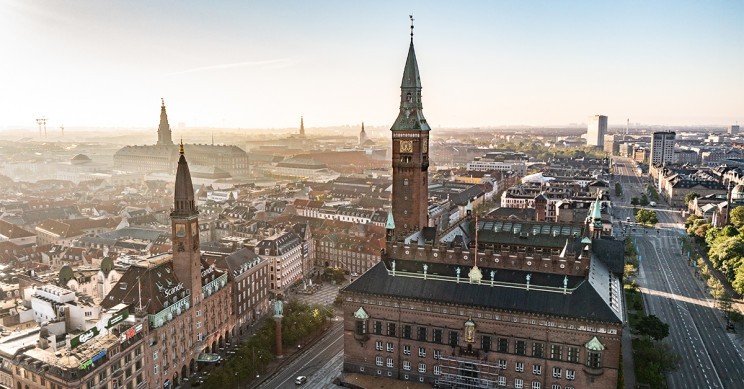
The easing of COVID-19 restrictions has brought quality of life back to major European cities, such as Paris (19th) and London (33rd), which generally lose points for traffic problems or crime rates. However, the French and British capitals have risen 23 and 27 places respectively.
Spain's representatives and the most liveable cities in Spain, Barcelona (35th) and Madrid (43rd), slip into the background among the best cities of the 172 cities analysed, after entering the top 20 last year, although they are still ahead of Milan, Rome and Lisbon. The Catalan city reached 16th place last year, while the capital entered the top 20 in 19th place, thanks mainly to the high rate of vaccination against COVID among the majority of the population.
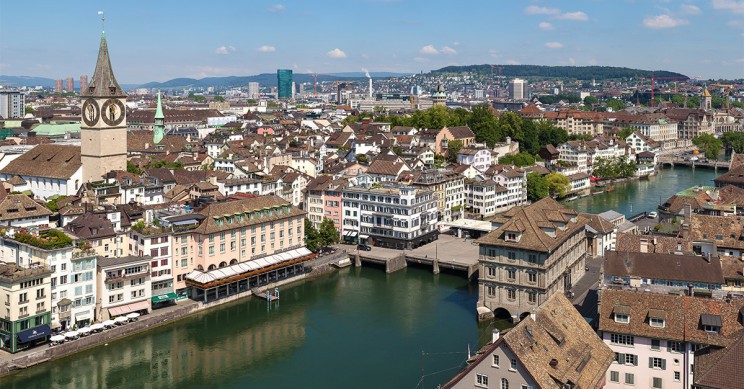
Big changes from the 2021 ranking
Last year, cities in New Zealand and Australia topped the rankings thanks to their strict border controls that allowed residents to live relatively normal lives. European cities plummeted as US cities rose. Now, however, everything is back to the pre-COVID normality.
For the second year, the index incorporates indicators related to the coronavirus: it assesses how each city has coped with increased demand for medical care and looks at closures or capacity limits for schools, restaurants and cultural areas.

"The partial return to normality is not limited to Western Europe. Three Canadian cities, Calgary, Vancouver and Toronto, have made it into the top 10, ahead of US cities such as Atlanta, Honolulu and Washington DC. According to the global normalcy index, which tracks travel, leisure and office use, activity in the US and Canada is still below pre-pandemic levels.
For some cities to improve in the rankings, others must fall. "All Chinese cities have dropped in the rankings, and cities in island countries with strong border controls, which scored well a year ago, are now suffering declines. Last March, when the survey was conducted, Auckland was hit by a major strain of the omicron variant that caused it to fall from the top ranks," The Economist reports.
